The act of reinterpreting a work through one's personal lens is as old as art itself. Every generation of artists, writers, and creators brings its own sensibilities to existing material, reshaping narratives to reflect contemporary values or individual perspectives. This process isn’t about erasure—it’s about dialogue. When an artist imposes their style onto a preexisting work, they engage in a silent conversation with the original creator, the audience, and the cultural moment that birthed the piece.
Personal style is more than just aesthetic preference; it’s a fingerprint. It carries the weight of an artist’s experiences, biases, and subconscious impulses. When applied to reinterpretation, it can reveal hidden layers in a familiar story or amplify aspects that were once peripheral. Consider how Baz Luhrmann’s Moulin Rouge! transformed the bones of classic opera into a frenetic, glittering postmodern spectacle. The bones of the tragedy remained, but the flesh of the narrative pulsed with an entirely new energy—one that couldn’t have existed without Luhrmann’s distinct visual and emotional vocabulary.
Literature offers equally compelling examples. Jean Rhys’ Wide Sargasso Sea didn’t merely retell Jane Eyre from Bertha Mason’s perspective—it weaponized Rhys’ own fractured identity as a white Creole woman to interrogate colonialism’s ghosts lurking in Brontë’s attic. The original text became richer for having been destabilized. This kind of reinterpretation doesn’t seek to replace but to complicate, creating what theorists might call a palimpsest—a manuscript where old writing bleeds through the new, allowing both versions to coexist in tension.
Music thrives on this phenomenon. Cover songs often reveal more about the performer than the songwriter. Johnny Cash’s haunting rendition of Nine Inch Nails’ Hurt didn’t improve upon Trent Reznor’s original so much as excavate its latent melancholy through the prism of Cash’s weathered mortality. The lyrics remained identical, yet the song became something entirely different—a testament to how vocal phrasing, instrumentation, and sheer lived experience can radically alter artistic intent without altering a single word.
Visual artists have long engaged in this dialogue through parody and pastiche. Picasso’s Las Meninas series wasn’t an attempt to surpass Velázquez but to use the 17th-century masterpiece as a playground for Cubist experimentation. Each of his 58 variations served as both homage and subversion, proving that reverence need not preclude rebellion. The original painting’s power wasn’t diminished by Picasso’s interventions; rather, its cultural resonance multiplied through this act of creative vandalism.
Contemporary cinema has turned reinterpretation into high-stakes cultural currency. The Marvel Cinematic Universe’s approach to comic book mythology demonstrates how mass entertainment can serve as a laboratory for stylistic reinvention. Taika Waititi’s Thor: Ragnarok injected the Norse god’s saga with anarchic humor and neon-soaked retro-futurism—a far cry from both medieval legends and Jack Kirby’s original illustrations. Yet this irreverence somehow deepened the material’s emotional core by filtering epic tropes through a distinctly human (and hilarious) sensibility.
The ethical dimensions of such reinterpretations spark heated debate. Purists often decry deviations from "original intent," as if art were scripture rather than living tissue. But strict fidelity can be its own form of creative cowardice. When Lin-Manuel Miranda reimagined Alexander Hamilton as a hip-hop protagonist, he wasn’t disregarding historical record—he was acknowledging that each generation must find its own language to commune with the past. The Founding Fathers become far more vital when allowed to breathe outside their powdered wigs.
Technology has democratized this process beyond traditional artistic circles. Fanfiction, TikTok edits, and AI-assisted remixes represent the populist wing of reinterpretation—messier but no less valid. A teenager splicing Pride and Prejudice clips with Billie Eilish soundtracks engages in the same essential act as T.S. Eliot quoting Dante in The Waste Land: making the old new through personal alchemy. The medium changes; the impulse remains.
Perhaps what makes reinterpretation so vital is its inherent optimism. To reshape a work is to believe it can bear new meaning, that it hasn’t exhausted its possibilities. From Shakespeare borrowing from Plutarch to Greta Gerwig’s Little Women reframing Jo March’s ending, artists have always understood that great works aren’t monoliths—they’re constellations, offering infinite paths for navigation depending on who’s doing the looking.
The most compelling reinterpretations don’t seek to overwrite but to uncover. They operate on the principle that no artistic statement is ever complete—that there are always undiscovered rooms in the house the original builder thought they’d finished. In this light, personal style becomes not a distortion but a revelation, showing us what we couldn’t see until someone dared to look differently.
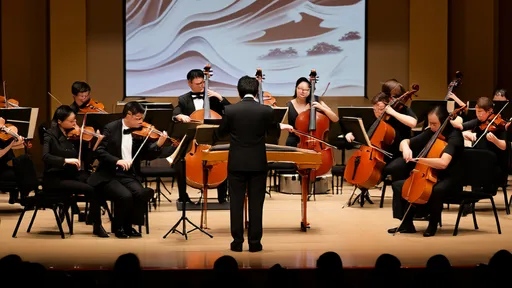
By /Jul 17, 2025
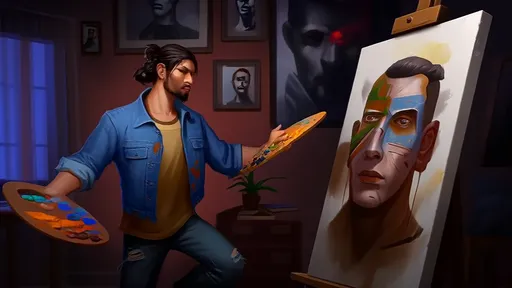
By /Jul 17, 2025
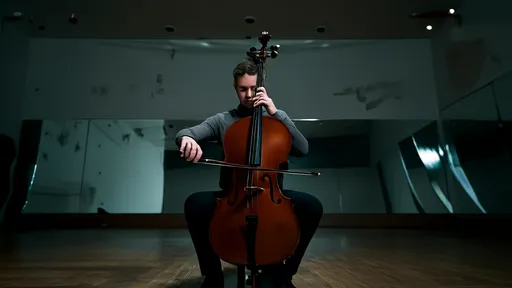
By /Jul 17, 2025

By /Jul 17, 2025

By /Jul 17, 2025
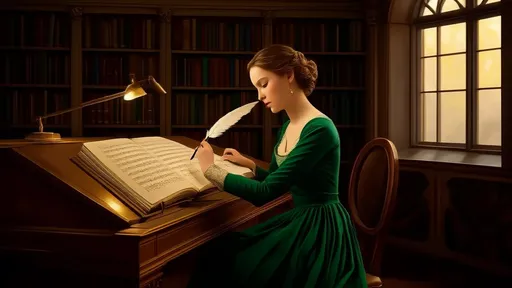
By /Jul 17, 2025

By /Jul 17, 2025

By /Jul 17, 2025

By /Jul 17, 2025

By /Jul 17, 2025

By /Jul 17, 2025
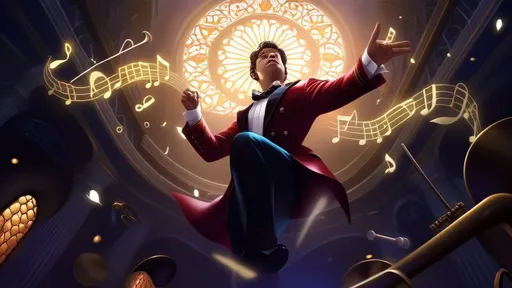
By /Jul 17, 2025

By /Jul 17, 2025
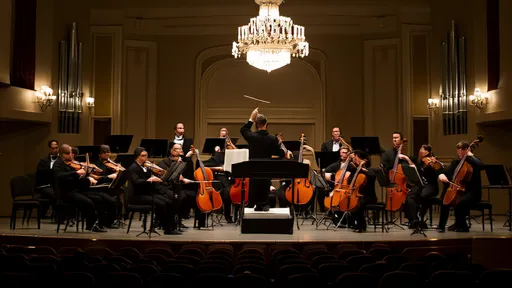
By /Jul 17, 2025
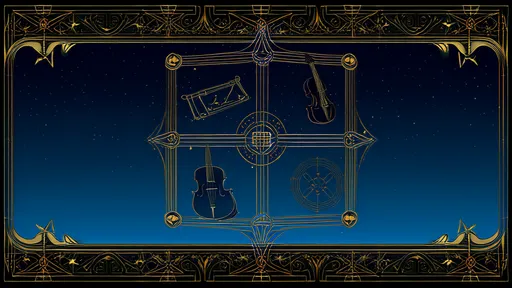
By /Jul 17, 2025
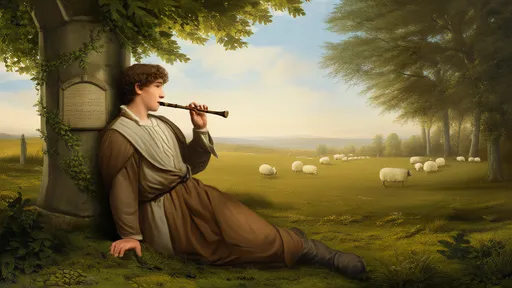
By /Jul 17, 2025

By /Jul 17, 2025
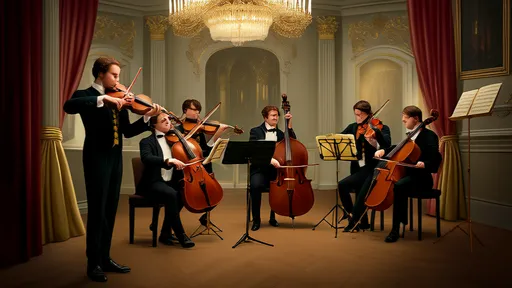
By /Jul 17, 2025